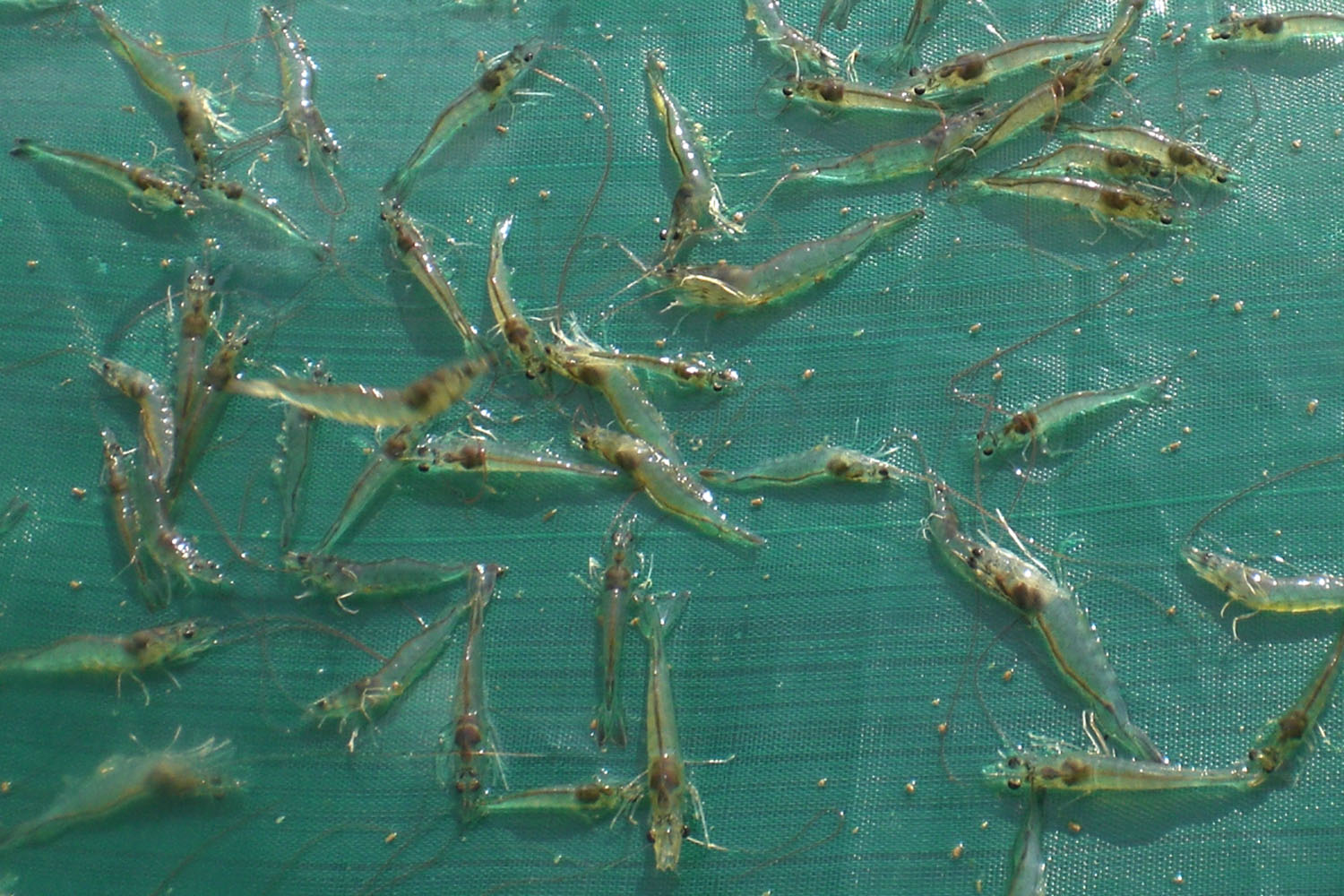
In response to a discussion on The Shrimp List titled “Feed Organism Size and Behavior in P.v.,” Durwood Dugger,
One of the pioneers of shrimp farming in the Western Hemisphere and owner of BioCepts International, an aquaculture consulting company that concentrates on shrimp and lobster farming, wrote:
Here are a few of my observations on the feeding behavior of Penaeus vannamei:
1. In some old Purina nutrition studies, I watched 40-gram broodstock clear newly hatched Artemia nauplii out of 120 L glass aquaria in a matter of minutes. The broodstock’s oral appendages paddled a stream of entrained Artemia nauplii right into their mouths. The consumed (red yoked) nauplii moved through the broodstock’s digestive track in as little as six minutes and were deposited as red fecal strands.
The nutritional effectiveness of this type of hydraulic feeding seems dubious since there aren’t many if any digestive processes quick enough to breakdown the nauplii and release and absorb the nutrients into the gut. However, if the shrimp’s gastric mill is physically crushing the Artemia nauplii and releasing the yoke lipids and other inner liquids, there may be some direct absorption of these nutrients by the gut—even in six minutes.
Shrimp are autocoprophagous (consume their feces). They eat their fecal strands that, in this case, contained Artemia nauplii remains glued together with the shrimps gut mucous, digestive enzyme secretions and endogenous gut bacteria. Once deposited in the water, the fecal strands attract a nutritious coating of indigenous environmental bacteria. Consequently, the strands are probably more nutritious and easier to digest than the original feeds.
Our observational conclusion was (and mine remains) that P. vannamei has no difficulty at any life stage size (PL to sexually maturity) capturing and consuming relatively small (Artemia nauplii sizes and up) organisms—even at very low organism or feed particulate densities.
2. We fertilized and intentionally encouraged brown diatom blooms in the Purina ponds and occasionally surveyed the pond bottoms for benthic organisms, finding almost none. Those that remained were hiding under debris, rocks, shells and liner folds to avoid the ravenous shrimp.
Since we found that these conditions persisted from nursery to pre-harvest shrimp, our conclusion was the shrimp were very efficient predators and that it would be impossible to initiate and sustain significant zooplankton organisms without culturing them separately and “feeding” the pond with the cultured organisms.
These ponds were diatom bloom dominated and were receiving exchanges of 2-4 mm filtered (sea water, Gulf of Mexico) at about 10% per day. So the ponds were receiving a relatively constant resupply of whatever zooplankton was in the incoming water.
Based on our observation, under our conditions and in our specific ponds, we believed that zooplankton and benthic organisms are an important part of the shrimp’s nutrition in newly stocked ponds, but since they are so quickly depleted from the pond and do not reappear in significant numbers thereafter, they do not represent a significant portion of the shrimps overall nutrition. This reasoning regarding live food nutrition contributions was also supported by numerous observations of non-fed and or fertilized only shrimp production systems of the time that seemed limited to producing about 400-500 kilograms per hectare, but sometimes reaching as high as 800 kg/ha with good fertilization strategies.
3. Also, in previous posts, several of us long time vannamei observers have noted that today’s strains of vannamei seem to spend much more time up in the water column than earlier less domesticated strains—especially in biofloc systems.
We believe the increased use of the water column is the result of:
• Increased water circulation, which aids swimming.
• More feed in the water column. Formulated feeds are fed more frequently and bioflocs are loaded with stuff that shrimp like to eat.
• Consequently, there has been selective pressure for strains that adapt to life up in the water column.
There is no doubt that shrimp have strong feed preferences, and prefer specific live feeds over most if not all commercial pelleted feed. However, with the increased costs of land, labor and energy in most places, it is difficult to justify economically/competitively the resources to produce, maintain and manage in-pond (low-density shrimp production) or separate live feed cultures of sufficient scale for cost efficient and competitive commercial shrimp production.
Additionally, as management technology and formulated feeds have improved, the quality and health differences between live-food-produced shrimp and formulated-feed-produced shrimp have diminished, if not disappeared in the case of the best feeds. We believe this trend will continue technologically and economically.
Source: shrimpnews.com

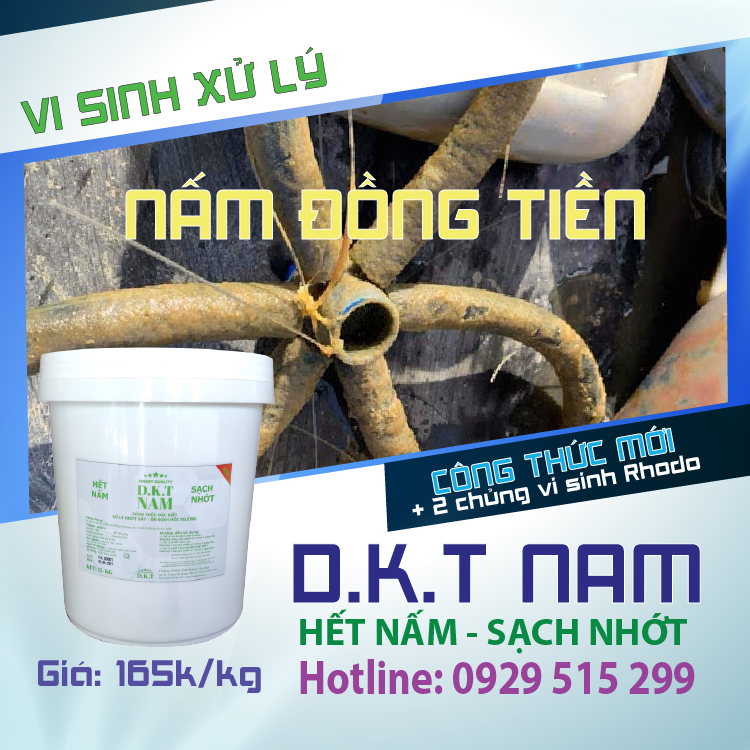

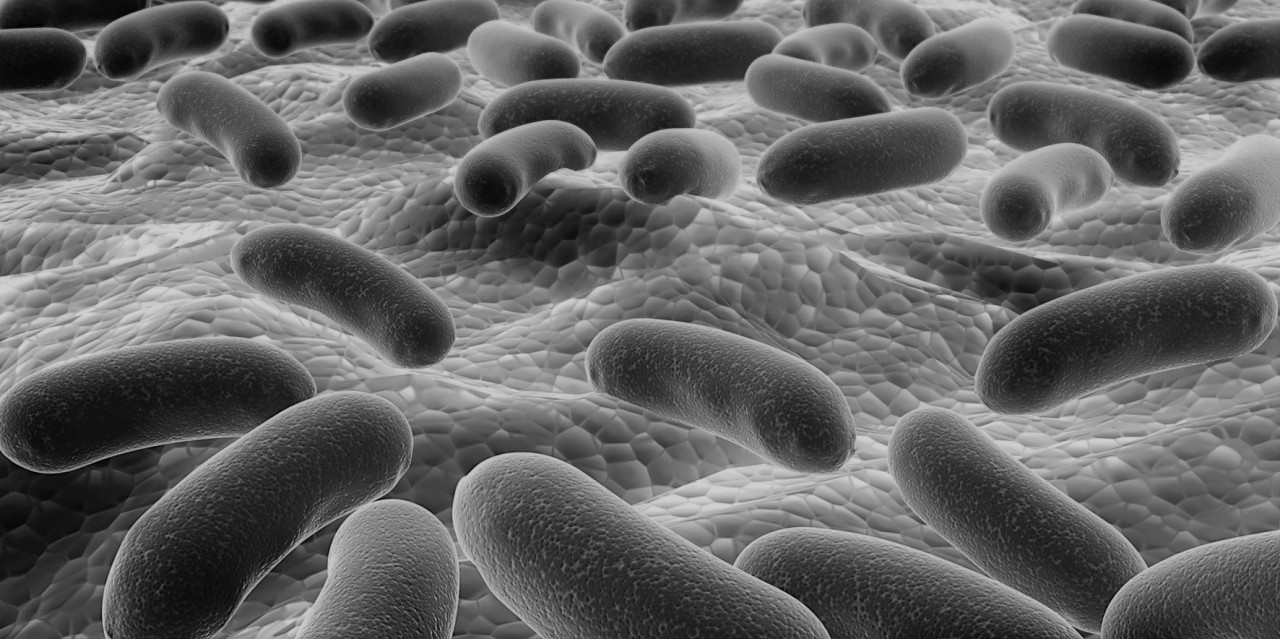
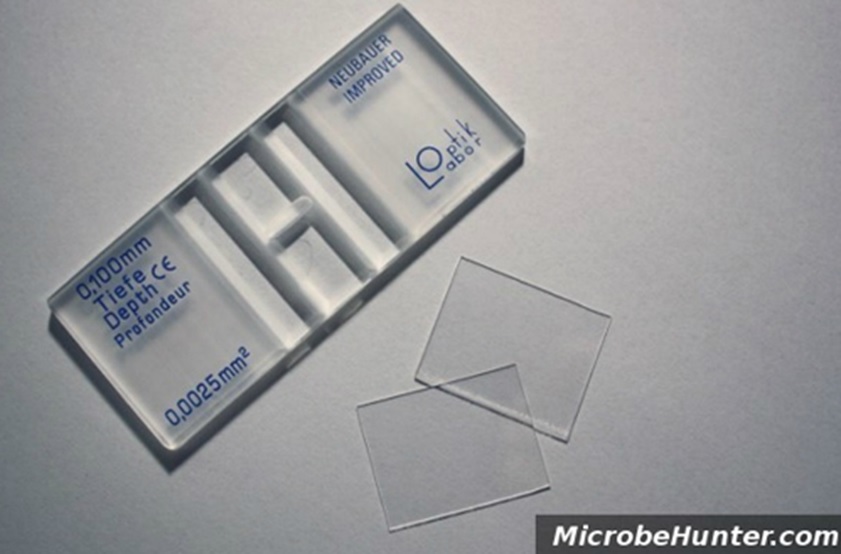
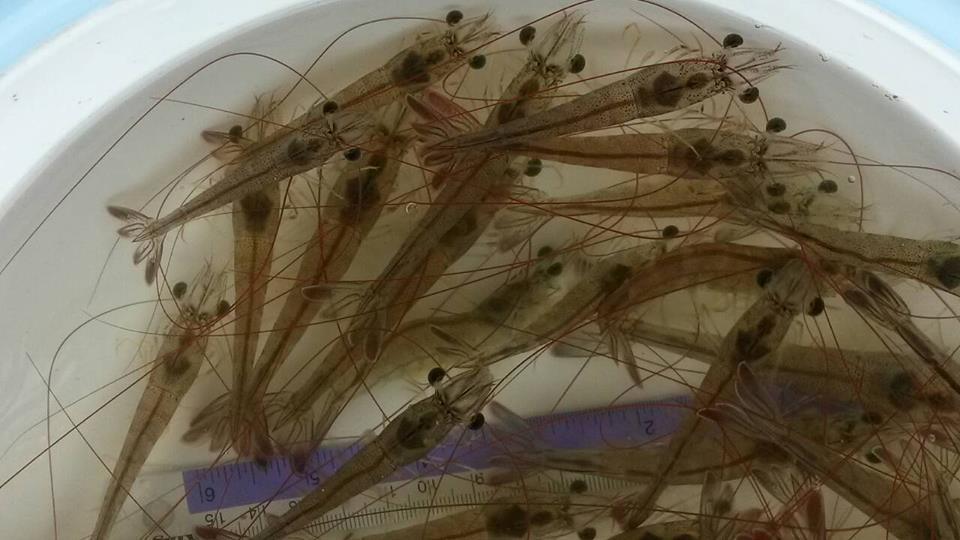
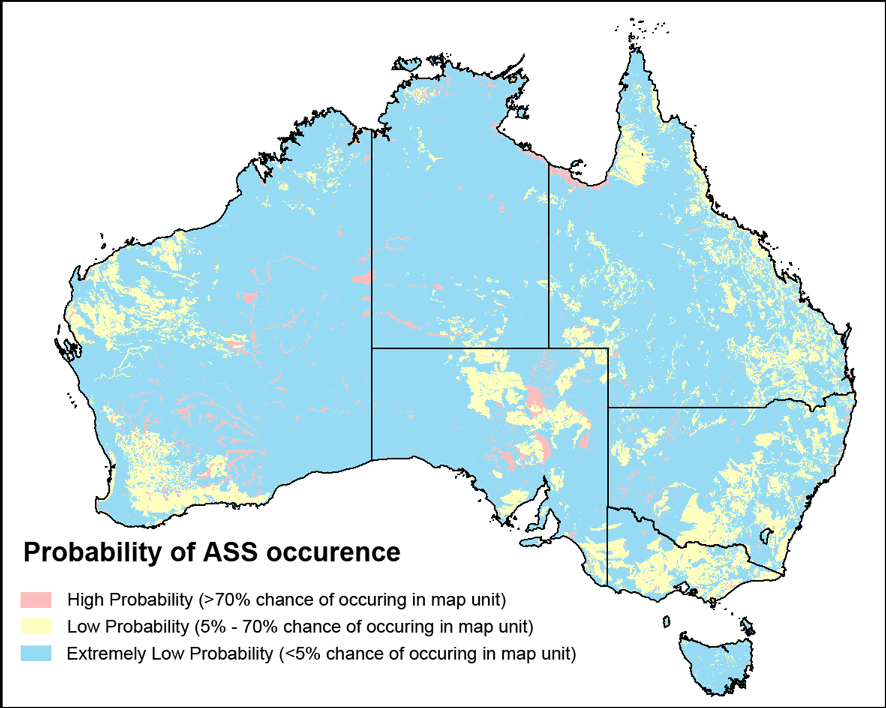
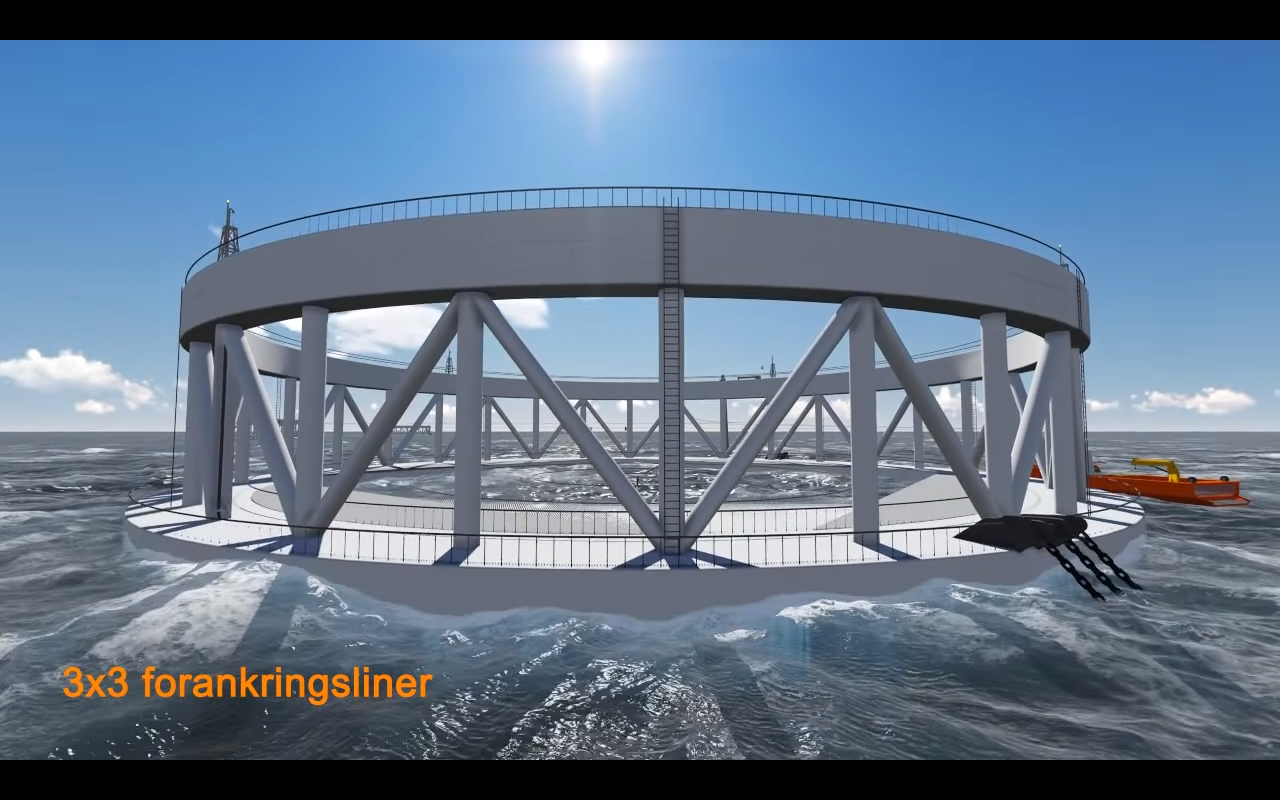
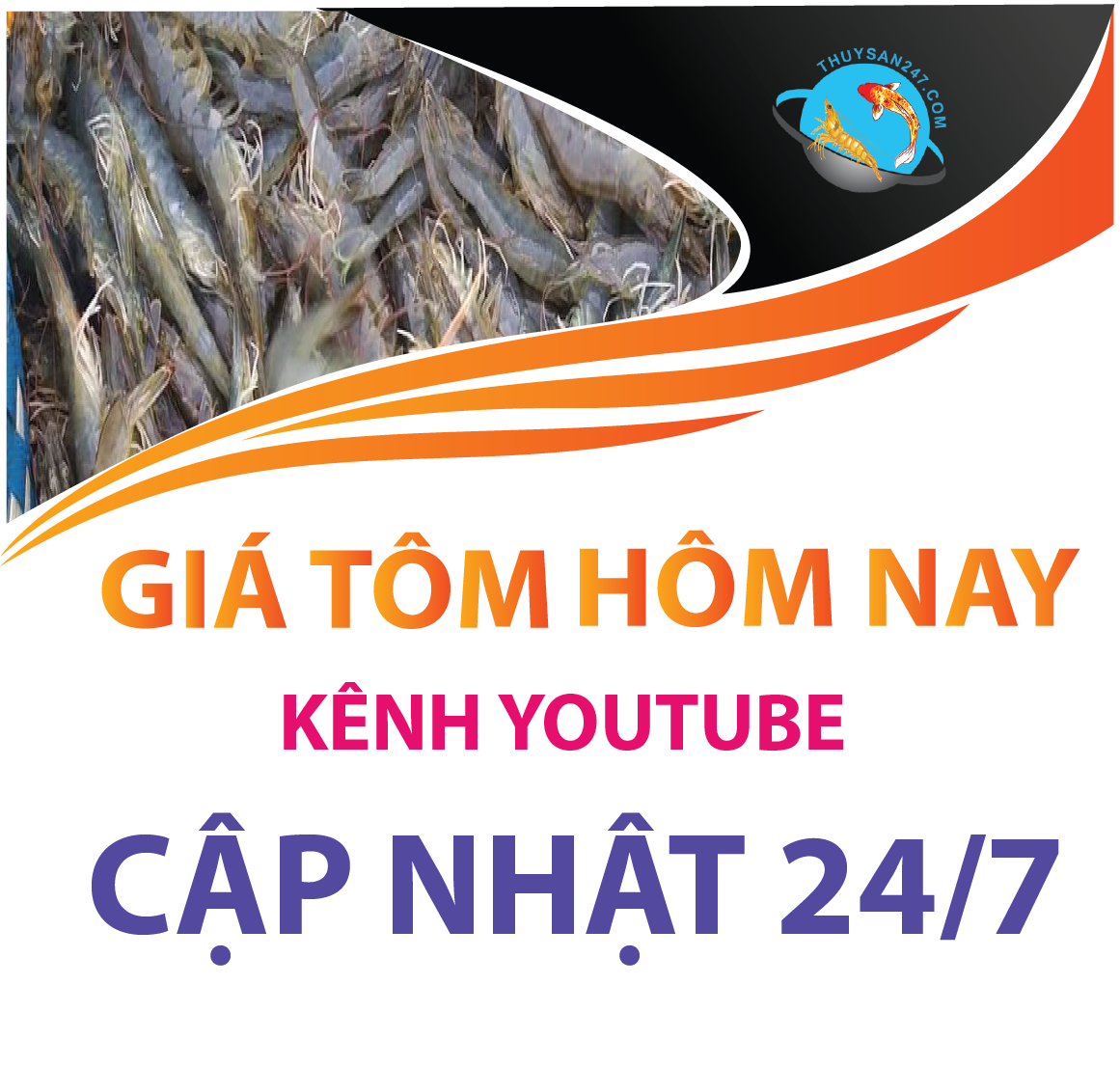
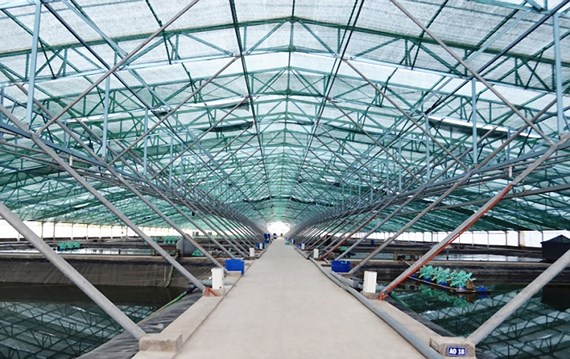

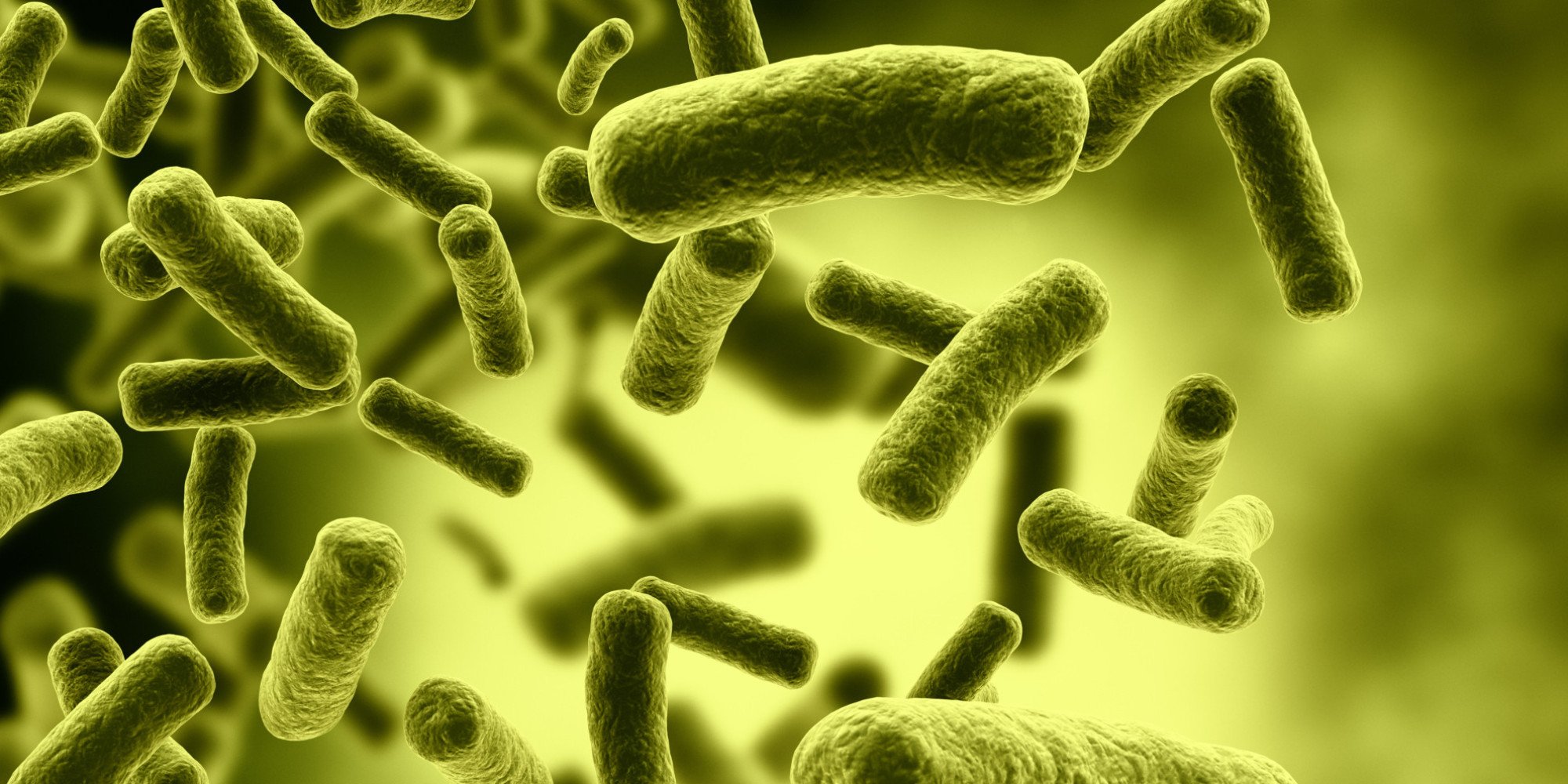
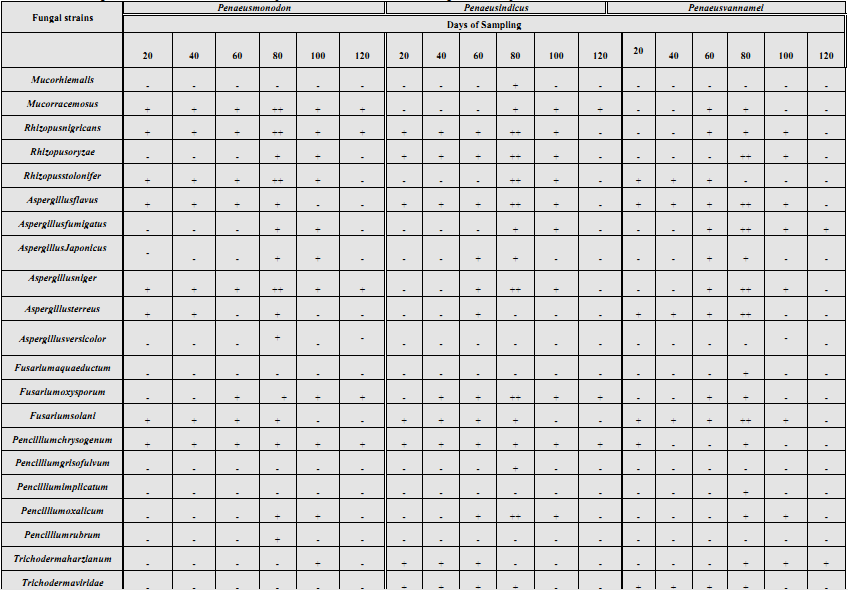
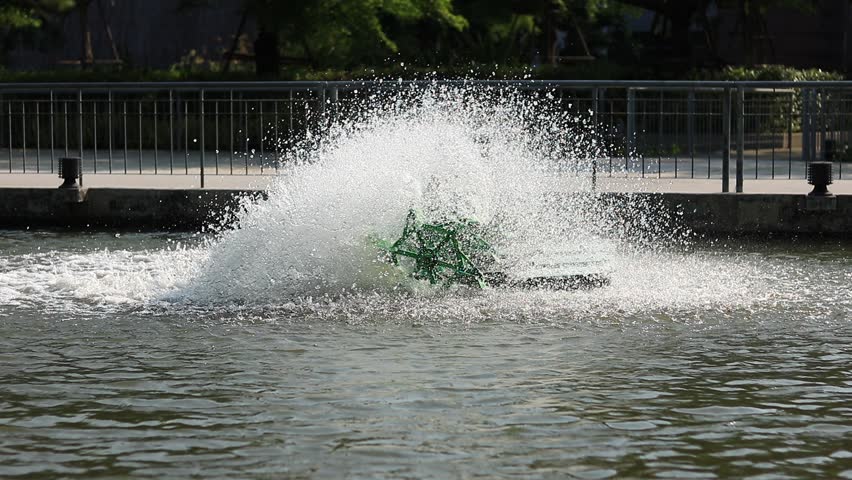
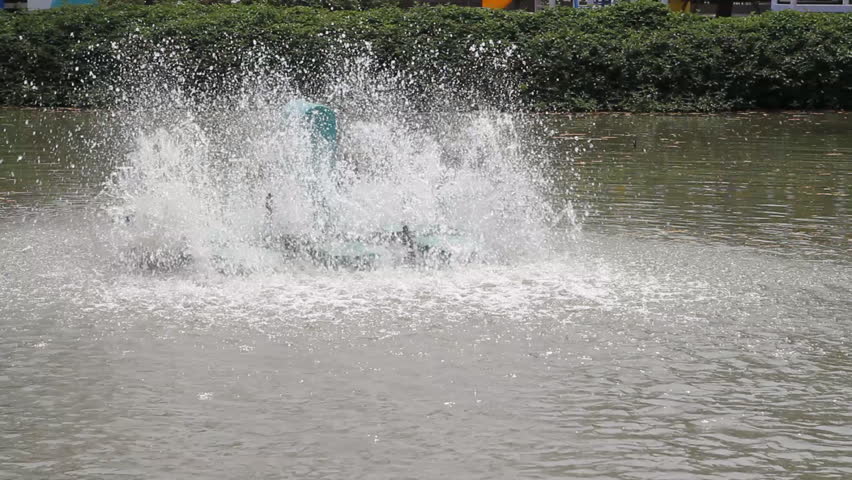
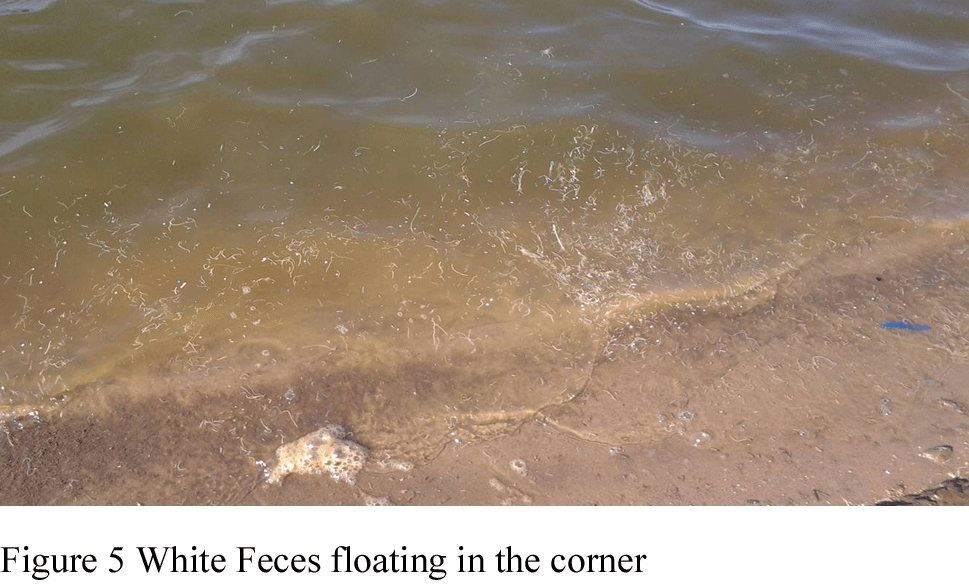
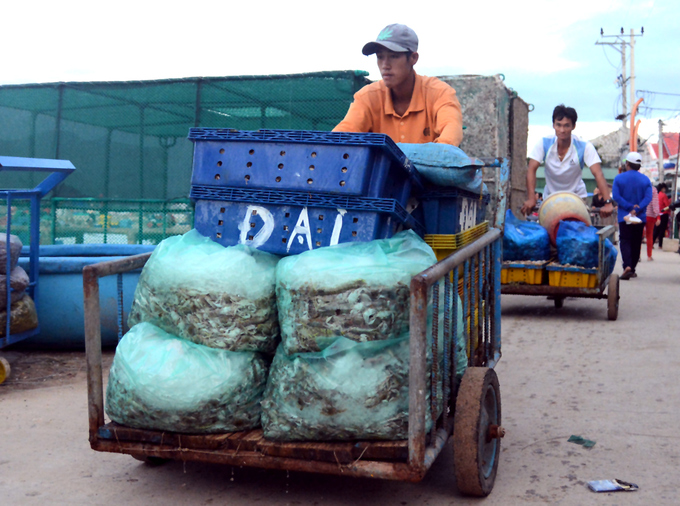

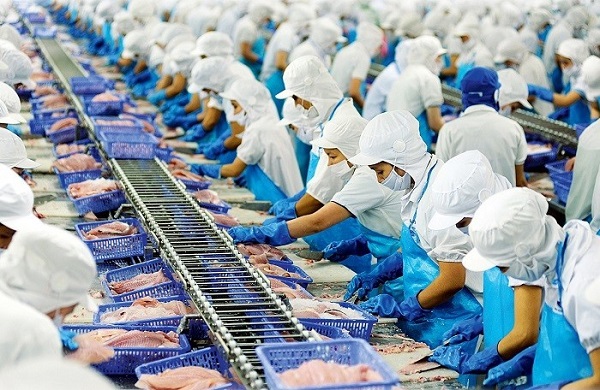
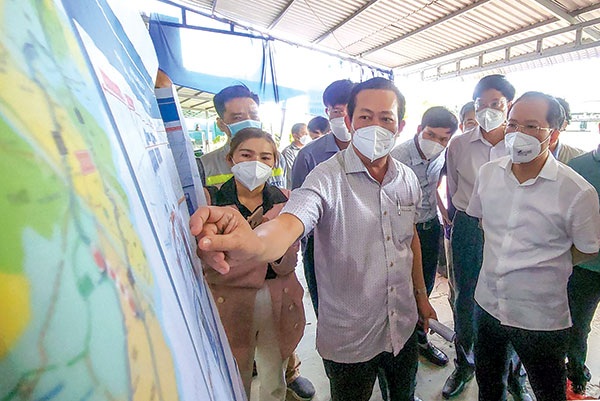
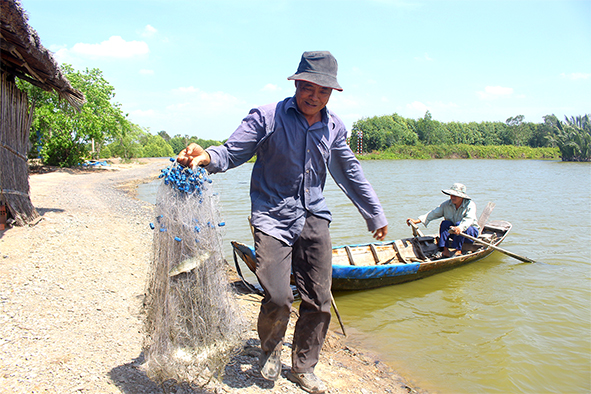
Bình luận bài viết